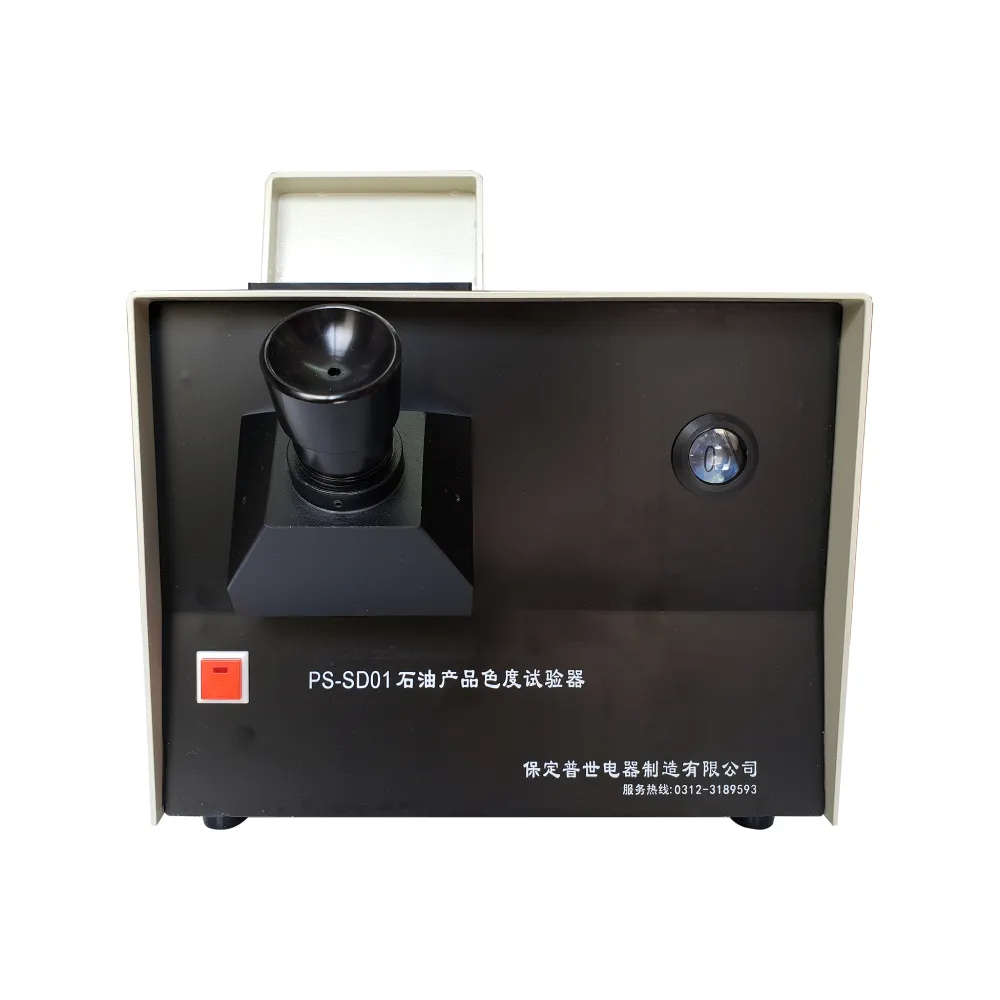 English
English


Understanding the Functionality and Applications of Insulation Resistance Measurement Instruments in Electrical Systems
Understanding Insulation Resistance Measurement Devices
Insulation resistance measurement is a critical aspect of electrical testing and safety. It involves evaluating the integrity of insulation in electrical systems to prevent faults that could lead to equipment damage or hazardous situations. Insulation resistance measurement devices play a vital role in this process, providing accurate readings that ensure electrical systems operate safely and efficiently.
What is Insulation Resistance?
Insulation resistance refers to the effectiveness of the insulating materials that separate conductive parts of electrical devices from each other and from the earth. High insulation resistance is essential; low resistance can lead to current leakage, posing significant risks such as electrical shock, short circuits, and equipment failures. Measuring this resistance helps identify potential issues before they escalate into major problems.
Insulation Resistance Measurement Devices An Overview
An insulation resistance measurement device, commonly referred to as an insulation tester or megohmmeter, is designed to apply a high voltage (often 250V, 500V, or 1000V) to the insulation and measure the resistance that opposes this current flow. The device typically displays the resistance value in megohms (MΩ), which can indicate the quality of insulation.
There are various types of insulation testers available, each suited for different applications and environments. Some testers are portable and battery-operated, making them ideal for fieldwork, while others are designed for bench testing in controlled environments. Advanced insulation testers may also include features like data logging, automatic test sequencing, and communication capabilities to integrate with other testing systems.
Principles of Operation
The fundamental operation of an insulation resistance tester involves applying a known voltage to the insulation material and measuring the current that flows through it. According to Ohm's law (V = IR), the device can calculate resistance (R) by rearranging the formula to R = V/I, where V is the applied voltage and I is the measured current. The higher the resistance reading, the better the insulation quality.
Testing is generally performed in three stages first, the device applies the test voltage to the insulation; second, it measures the leakage current; and finally, it calculates the insulation resistance based on the measured current and applied voltage.
insulation resistance measurement device

Importance of Regular Testing
Regular insulation resistance testing is crucial for several reasons. First, it helps maintain the safety of electrical installations by identifying deteriorating insulation before it leads to failures. Second, it ensures compliance with industry standards and regulations, which often mandate specific testing frequencies. Finally, it can extend the lifespan of electrical equipment by facilitating timely maintenance and replacement of failing components.
Best Practices for Using Insulation Resistance Testers
To achieve accurate and reliable results, users must follow best practices when using insulation resistance testers. This includes
1. Preparing the Equipment Ensure that the equipment is de-energized and properly isolated before testing. Use appropriate personal protective equipment (PPE) to protect against electrical hazards.
2. Selecting the Right Voltage Choose the correct test voltage based on the insulation material and manufacturer recommendations. Over-voltage can damage sensitive components, while under-voltage may not provide a valid assessment.
3. Interpreting Results Understand that different materials have different insulation resistance characteristics. Familiarize yourself with acceptable resistance values for various applications to effectively evaluate the readings.
4. Documenting Results Maintain thorough records of all tests performed, including date, location, readings, and any observations. This documentation can assist in trend analysis and future maintenance planning.
Conclusion
Insulation resistance measurement devices are essential tools for maintaining electrical safety and reliability. By selecting the right tester, adhering to best practices, and understanding the implications of test results, professionals can effectively safeguard electrical installations against the risks associated with insulation failure. With the ongoing advancements in technology, these devices continue to evolve, enhancing the accuracy and ease of electrical testing in various applications.
-
Differences between open cup flash point tester and closed cup flash point testerNewsOct.31,2024
-
The Reliable Load Tap ChangerNewsOct.23,2024
-
The Essential Guide to Hipot TestersNewsOct.23,2024
-
The Digital Insulation TesterNewsOct.23,2024
-
The Best Earth Loop Impedance Tester for SaleNewsOct.23,2024
-
Tan Delta Tester--The Essential Tool for Electrical Insulation TestingNewsOct.23,2024





